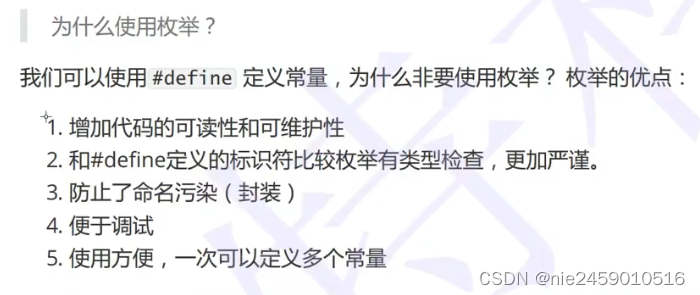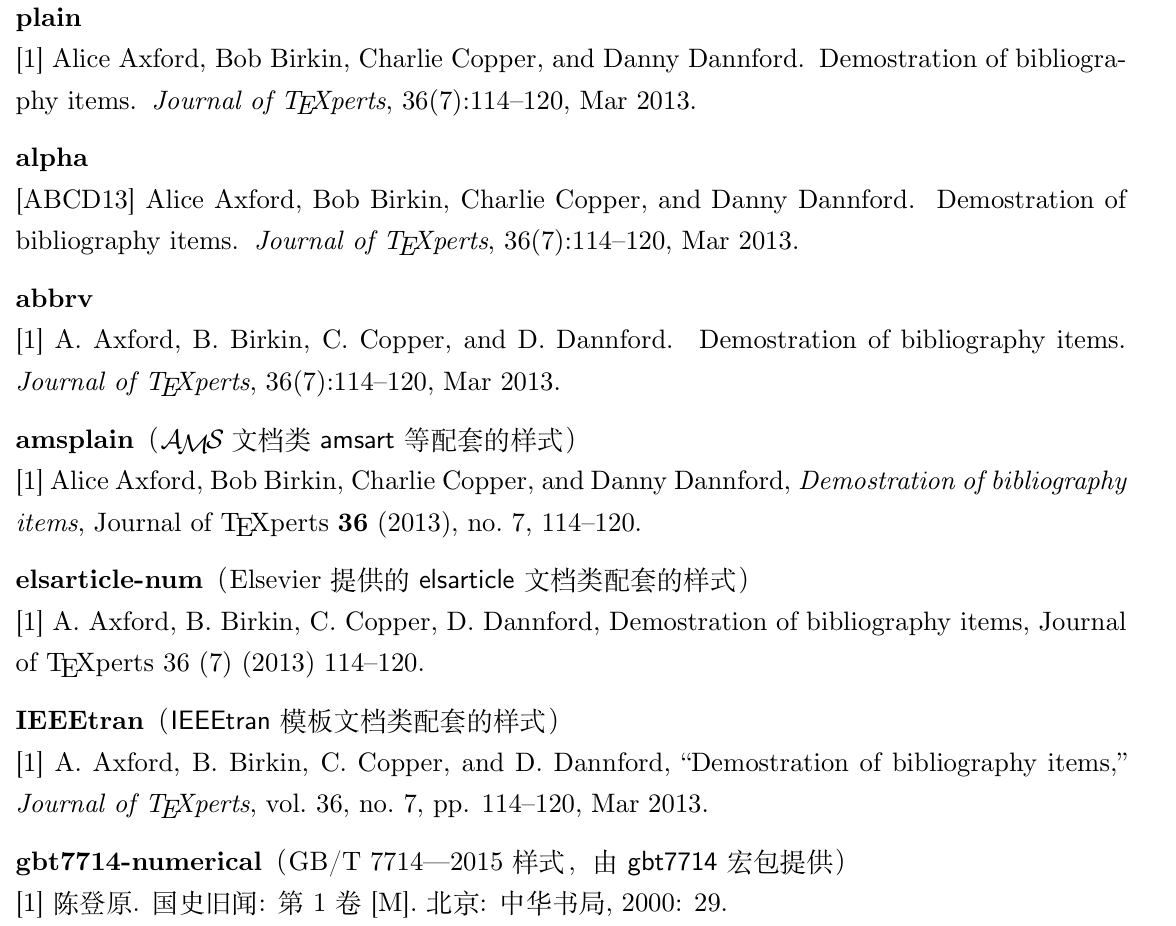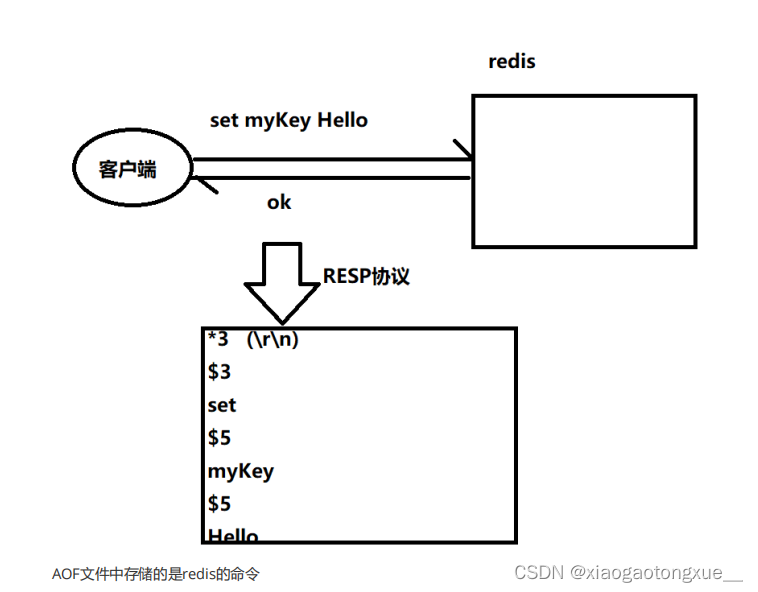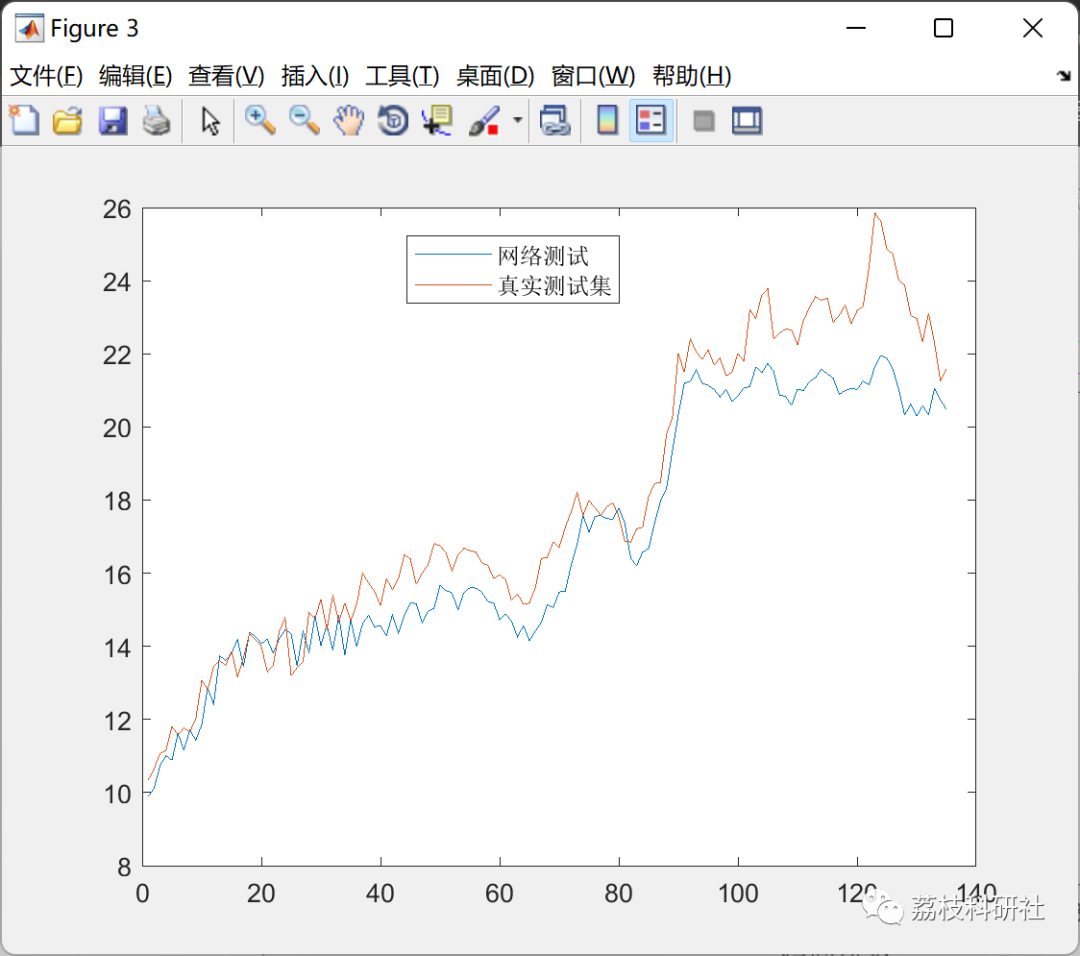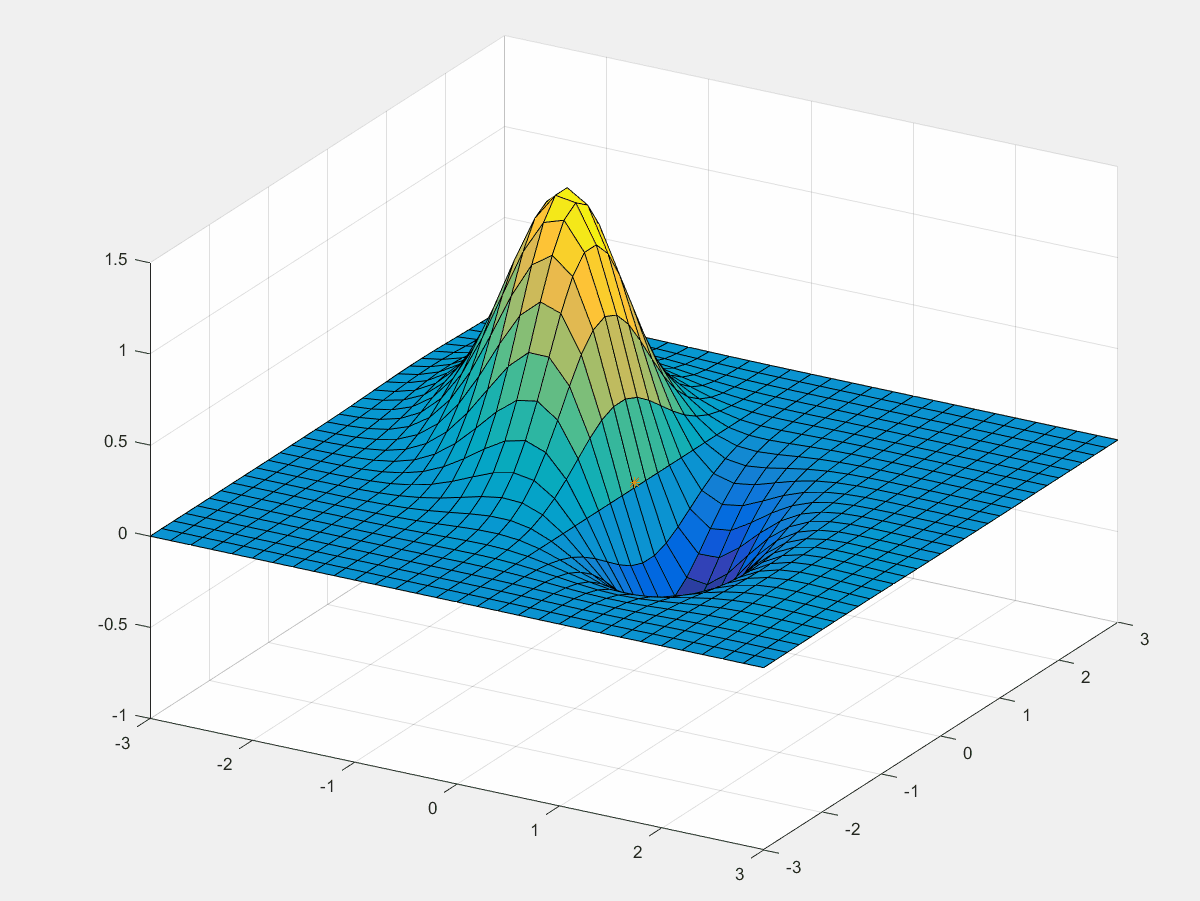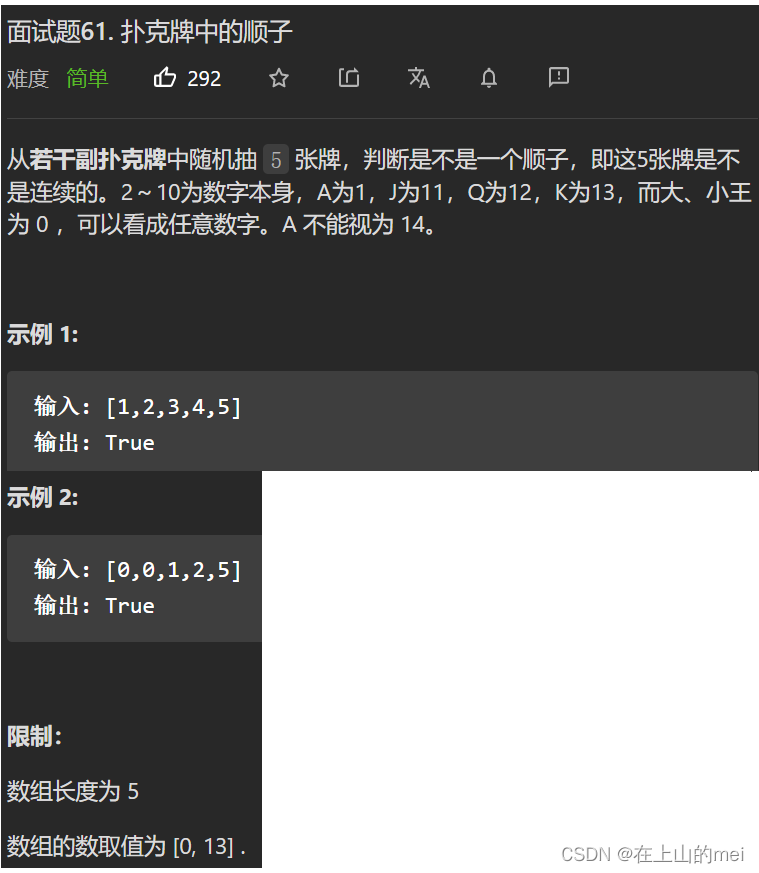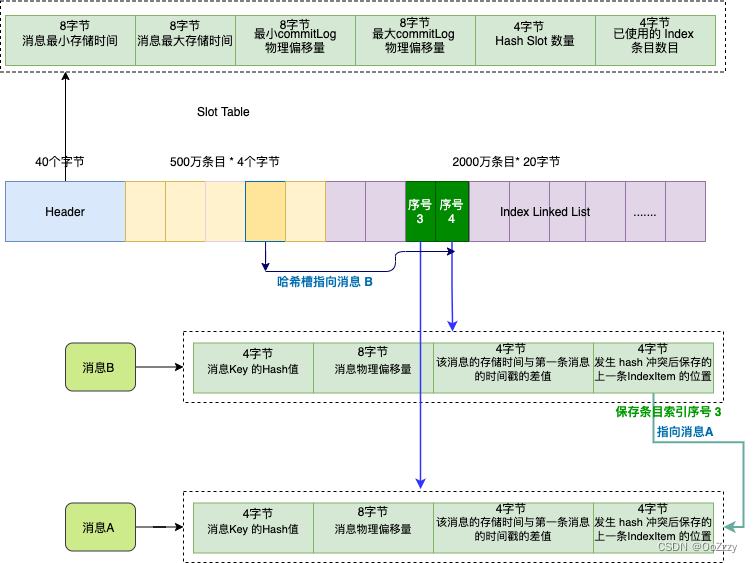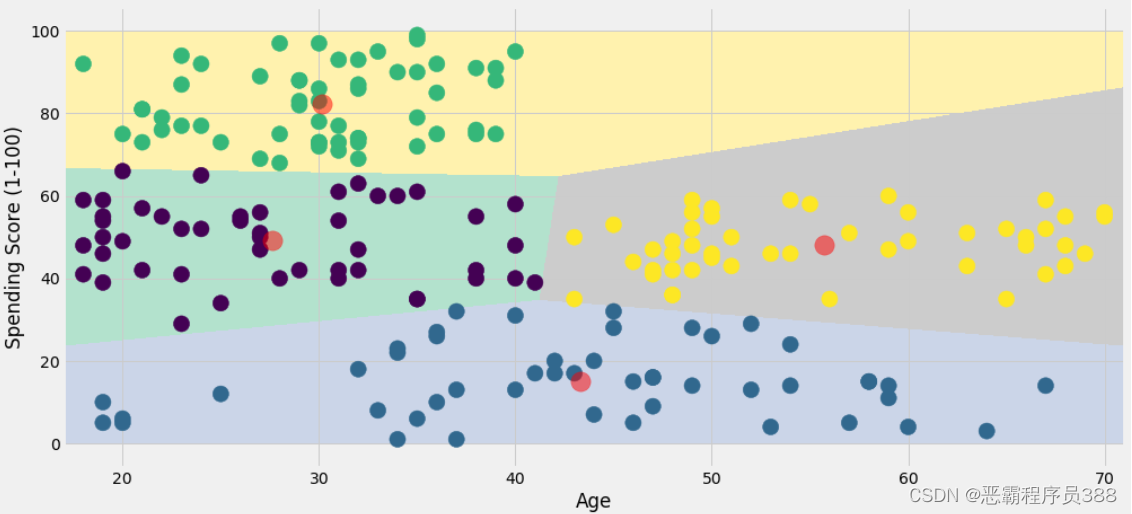本文用到的测试数据及所有代码链接:
https://blog.csdn.net/m0_62436868/article/details/128505566?spm=1001.2014.3001.5501
1、SearchAPI
ES 支持两种基本方式检索 :
一个是通过使用 REST request URI 发送搜索参数(uri+检索参数)
另一个是通过使用 REST request body 来发送它们(uri+请求体)
1)、检索信息
一切检索从_search 开始
GET bank/_search 检索 bank 下所有信息,包括 type 和 docs
GET bank/_search?q=*&sort=account_number:asc 请求参数方式检索
响应结果:
响应结果解释:
took - Elasticsearch 执行搜索的时间(毫秒)
time_out - 告诉我们搜索是否超时
_shards - 告诉我们多少个分片被搜索了,以及统计了成功/失败的搜索分片
hits - 搜索结果
hits.total - 搜索结果
hits.hits - 实际的搜索结果数组(默认为前 10 的文档)
sort - 结果的排序 key(键)(没有则按 score 排序)
score 和 max_score –相关性得分和最高得分(全文检索用)
uri+请求体进行检索
GET bank/_search
{
"query": {
"match_all": {}
},
"sort": [
{
"account_number": {
"order": "desc"
}
}
]
}HTTP 客户端工具(POSTMAN),get 请求不能携带请求体,我们变为 post 也是一样的 我们 POST 一个 JSON 风格的查询请求体到 _search API。 需要了解,一旦搜索的结果被返回,Elasticsearch 就完成了这次请求,并且不会维护任何 服务端的资源或者结果的 cursor(游标)
2、Query DSL
1)、基本语法格式
Elasticsearch 提供了一个可以执行查询的 Json 风格的 DSL(domain-specific language 领域特 定语言)。这个被称为 Query DSL。该查询语言非常全面,并且刚开始的时候感觉有点复杂, 真正学好它的方法是从一些基础的示例开始的。
一个查询语句 的典型结构:
{
QUERY_NAME:
{
ARGUMENT: VALUE, ARGUMENT: VALUE,...
}
}如果是针对某个字段,那么它的结构如下:
{
QUERY_NAME: {
FIELD_NAME: {
ARGUMENT: VALUE, ARGUMENT: VALUE,...
}
}
}例子:
GET bank/_search
{
"query": {
"match_all": {}
},
"from": 0,
"size": 5,
"sort": [
{
"account_number": {
"order": "desc"
}
}
]
}query 定义如何查询,
match_all 查询类型【代表查询所有的所有】,es 中可以在 query 中组合非常多的查 询类型完成复杂查询
除了 query 参数之外,我们也可以传递其它的参数以改变查询结果。如 sort,size
from+size 限定,完成分页功能
sort 排序,多字段排序,会在前序字段相等时后续字段内部排序,否则以前序为准
2)、返回部分字段
GET bank/_search
{
"query": {
"match_all": {}
},
"from": 0,
"size": 5,
"_source": [
"age",
"balance"
]
}3)、match【匹配查询】
基本类型(非字符串),精确匹配
GET bank/_search
{
"query": {
"match": {
"account_number": "20"
}
}
}match 返回 account_number=20 的
字符串,全文检索
GET bank/_search
{
"query": {
"match": {
"address": "mill"
}
}
}最终查询出 address 中包含 mill 单词的所有记录
match 当搜索字符串类型的时候,会进行全文检索,并且每条记录有相关性得分。
字符串,多个单词(分词+全文检索)
GET bank/_search
{
"query": {
"match": {
"address": "mill road"
}
}
}最终查询出 address 中包含 mill 或者 road 或者 mill road 的所有记录,并给出相关性得分
4)、match_phrase【短语匹配】
将需要匹配的值当成一个整体单词(不分词)进行检索
GET bank/_search
{
"query": {
"match_phrase": {
"address": "mill road"
}
}
}查出 address 中包含 mill road 的所有记录,并给出相关性得分
5)、multi_match【多字段匹配】
GET bank/_search
{
"query": {
"multi_match": {
"query": "mill",
"fields": [
"state",
"address"
]
}
}
}state 或者 address 包含 mill
6)、bool【复合查询】
bool 用来做复合查询: 复合语句可以合并 任何 其它查询语句,包括复合语句,了解这一点是很重要的。这就意味 着,复合语句之间可以互相嵌套,可以表达非常复杂的逻辑。
must
必须达到 must 列举的所有条件
GET bank/_search
{
"query": {
"bool": {
"must": [
{
"match": {
"address": "mill"
}
},
{
"match": {
"gender": "M"
}
}
]
}
}
}should
应该达到 should 列举的条件,如果达到会增加相关文档的评分,并不会改变 查询的结果。如果 query 中只有 should 且只有一种匹配规则,那么 should 的条件就会 被作为默认匹配条件而去改变查询结果
GET bank/_search
{
"query": {
"bool": {
"must": [
{
"match": {
"address": "mill"
}
},
{
"match": {
"gender": "M"
}
}
],
"should": [
{
"match": {
"address": "lane"
}
}
]
}
}
}must_not
必须不是指定的情况
GET bank/_search
{
"query": {
"bool": {
"must": [
{
"match": {
"address": "mill"
}
},
{
"match": {
"gender": "M"
}
}
],
"should": [
{
"match": {
"address": "lane"
}
}
],
"must_not": [
{
"match": {
"email": "baluba.com"
}
}
]
}
}
}address 包含 mill,并且 gender 是 M,如果 address 里面有 lane 最好不过,但是 email 必 须不包含 baluba.com
总结

7)、filter【结果过滤】
并不是所有的查询都需要产生分数,特别是那些仅用于 “filtering”(过滤)的文档。为了不 计算分数 Elasticsearch 会自动检查场景并且优化查询的执行。
GET bank/_search
{
"query": {
"bool": {
"must": [
{
"match": {
"address": "mill"
}
}
],
"filter": {
"range": {
"balance": {
"gte": 10000,
"lte": 20000
}
}
}
}
}
}8)、term
和 match 一样。匹配某个属性的值。全文检索字段用 match,其他非 text 字段匹配用 term。

GET bank/_search
{
"query": {
"bool": {
"must": [
{
"term": {
"age": {
"value": "28"
}
}
},
{
"match": {
"address": "990 Mill Road"
}
}
]
}
}
}9)、aggregations(执行聚合)
聚合提供了从数据中分组和提取数据的能力。最简单的聚合方法大致等于 SQL GROUP BY 和 SQL 聚合函数。在 Elasticsearch 中,您有执行搜索返回 hits(命中结果),并且同时返 回聚合结果,把一个响应中的所有 hits(命中结果)分隔开的能力。这是非常强大且有效的, 您可以执行查询和多个聚合,并且在一次使用中得到各自的(任何一个的)返回结果,使用 一次简洁和简化的 API 来避免网络往返。
搜索 address 中包含 mill 的所有人的年龄分布以及平均年龄,但不显示这些人的详情。
GET bank/_search
{
"query": {
"match": {
"address": "mill"
}
},
"aggs": {
"group_by_state": {
"terms": {
"field": "age"
}
},
"avg_age": {
"avg": {
"field": "age"
}
}
},
"size": 0
}size:0 不显示搜索数据
aggs:执行聚合。聚合语法如下
"aggs": { "aggs_name 这次聚合的名字,方便展示在结果集中": { "AGG_TYPE 聚合的类型(avg,term,terms)": {} } },
复杂: 按照年龄聚合,并且请求这些年龄段的这些人的平均薪资
GET bank/account/_search
{
"query": {
"match_all": {}
},
"aggs": {
"age_avg": {
"terms": {
"field": "age",
"size": 1000
},
"aggs": {
"banlances_avg": {
"avg": {
"field": "balance"
}
}
}
}
},
"size": 1000
}
复杂:查出所有年龄分布,并且这些年龄段中 M 的平均薪资和 F 的平均薪资以及这个年龄 段的总体平均薪资
GET bank/account/_search
{
"query": {
"match_all": {}
},
"aggs": {
"age_agg": {
"terms": {
"field": "age",
"size": 100
},
"aggs": {
"gender_agg": {
"terms": {
"field": "gender.keyword",
"size": 100
},
"aggs": {
"balance_avg": {
"avg": {
"field": "balance"
}
}
}
},
"balance_avg": {
"avg": {
"field": "balance"
}
}
}
}
},
"size": 1000
}



